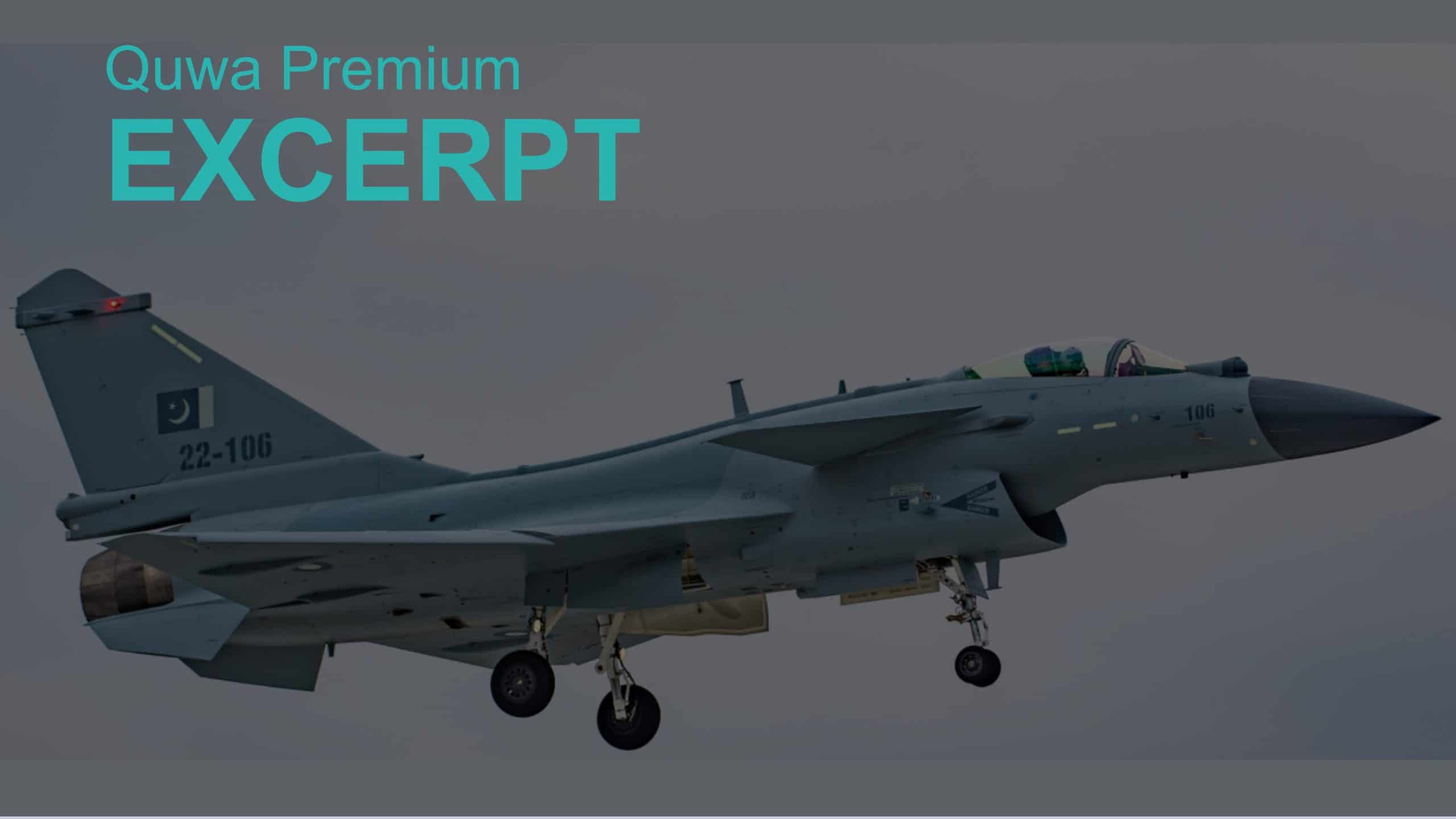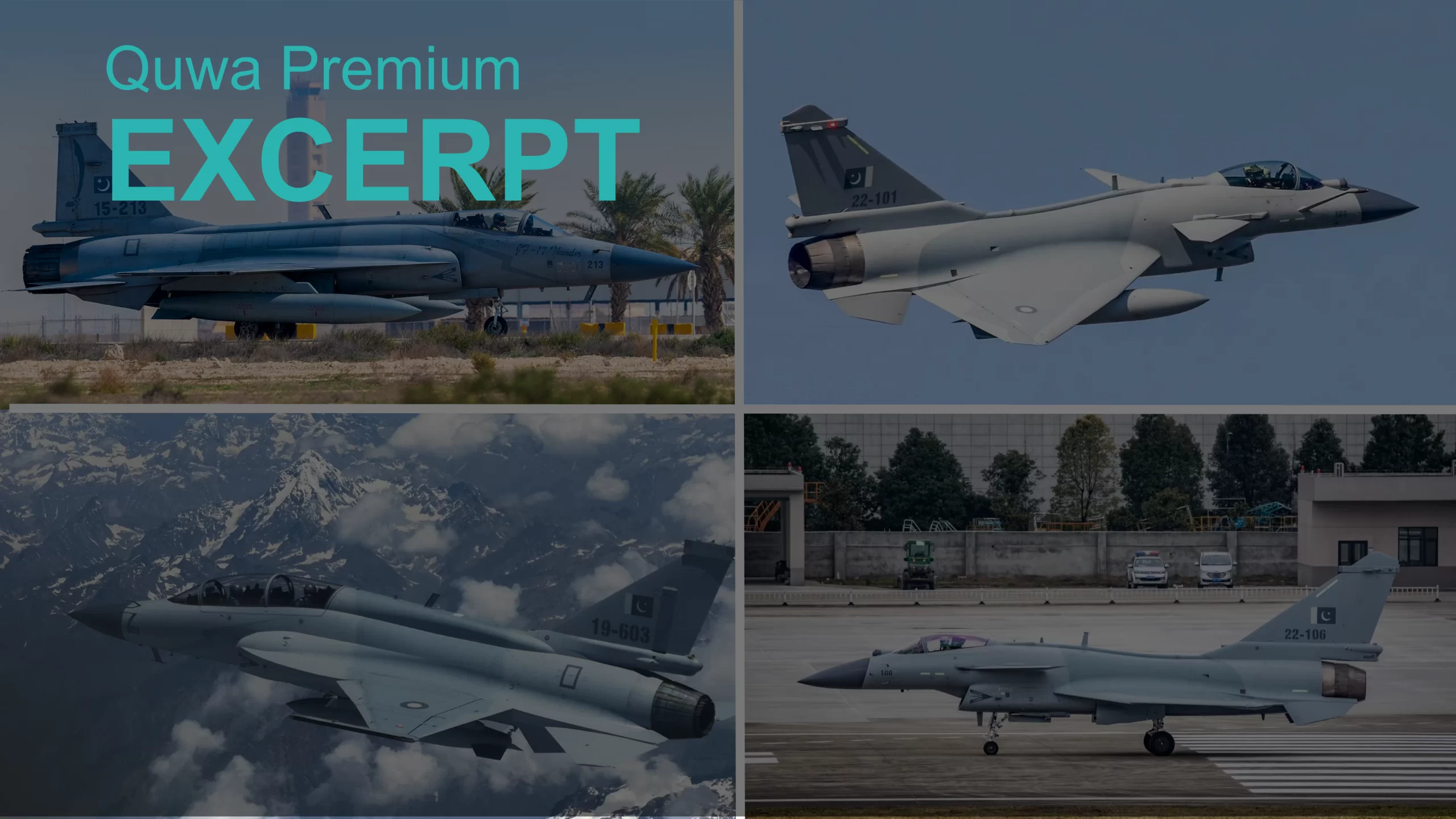hussain0216
Elite Member
- May 28, 2012
- 23,115
- 32,368
- Country of Origin

- Country of Residence

Does this mean we are getting another batch of J10s?
Have we placed a new order?
Or will be gradually induct J10s over time?






You will induct them when you have the money. My guess is that things are back to 2011-12 situation with economics where money is scarce to even play interest on the loans.Does this mean we are getting another batch of J10s?
Have we placed a new order?
Or will be gradually induct J10s over time?




















Does this mean we are getting another batch of J10s?
Have we placed a new order?
Or will be gradually induct J10s over time?


Ahhhhhhh
No problem ... but indeed I would love to know if and when there will be more!?